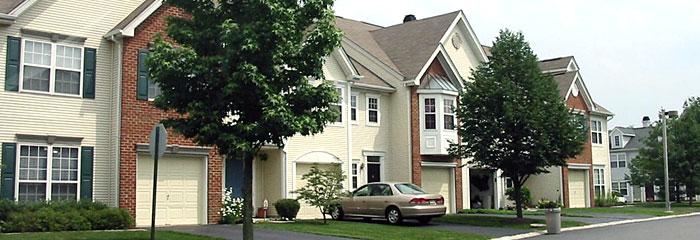Valuation and Assessment of COAH Units
The valuation of COAH units was recently addressed in the Tax Court of New Jersey by the Hon. Patrick DeAlmeida, PJTC, in a decision entered on July 3rd , 2014 in Patricia Shump v. Franklin Twsp., (Somerset County, NJ) docket No. 014111-2013. This was a bench decision and is unpublished, but it is important for all of us to be aware of its content. In this case, the property owner provided the court with a number of open market transactions for comparable units, at prices which convinced the judge that the actual market value of the unit in question was $140,000, well below the DCA formula predicted value for the same unit, which was $180,000. This decision alters the landscape of assessment for COAH units under circumstances where the actual market value of some of these units falls below the price predicted by DCA formulas, which formulas apply an increment to the historic purchase price of each unit reflecting CPI changes. As the original sale price of these units at the time of construction was set well below the open market value of such a unit in order to be affordable for low to moderate income individuals, it was assumed that these mathematically determined prices would never exceed their actual market value as if unrestricted. A concern as addressed by the Appellate Division in Prowitz v. Ridgefield Park Village, 237 NJ Super. 435 (App. Div. 1989) was intended to prevent assessors from over-valuing such units at their “unrestricted” market values. This decision directed assessors to consider the DCA formula driven values as setting a “cap” or “ceiling” on these assessments.
Fast forward to the present. We have been through a long period of declining market values followed by currently largely stagnant market values and, in some cases, the DCA formula driven values are not actually achievable in the open market. This is certainly not a widespread occurrence, but it was recognized in this current Tax Court decision that this has happened, and that the actual open market selling prices of such units can and do, occasionally, fall below the price targets as set by the DCA formulations. This is a new experience for some tax assessors and I know that a lot of assessors rely on use of the DCA formula to establish assessed values, adjusting these only by application of the local ratios. This method of establishing assessments will still be valid in many cases, but we must be aware that in some instances, where the DCA predicted price cannot be realized in the market as evidenced by actual sales of these units at prices below these predicted values, the assessments must reflect this reality. We all know that that no property can lawfully be assessed above its actual market value, and actual market value can be less than the Council on Affordable Housing certified value.
Robert M. Vance
Somerset County Tax Administrator
27 Warren Street, 4th Floor
P.O. Box 3000
Somerville, NJ 08876-3000
908-541-5701





